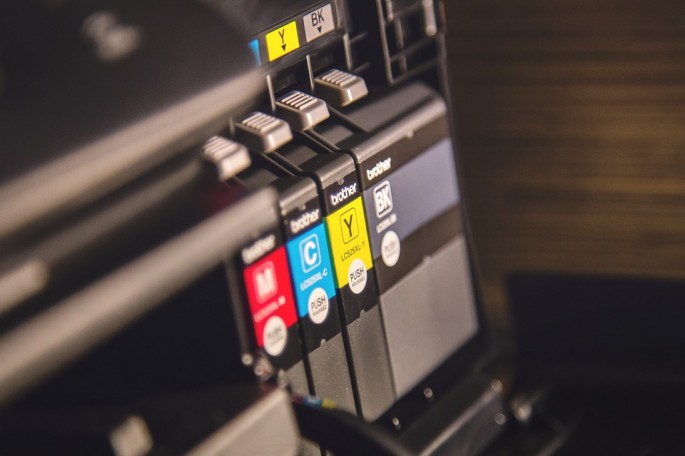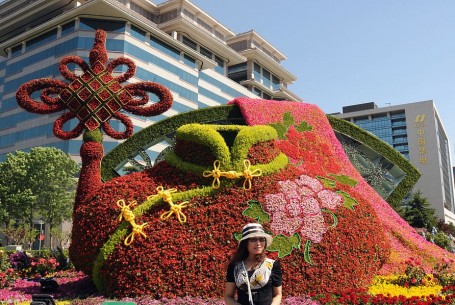One reason we love t-shirts is because they can last forever. Unless you do something to it, like rip it or stain it, you can wear it over and over again, wash it a hundred times, and while it might look a little worn, it will keep its shape, and, most importantly, its printed design.
If you still have a T-shirt that you first got five, ten, or twenty years ago, and it's still in good shape, that's because the design was made using screen printing, the traditional method of printing on t-shirts.
First developed thousands of years ago, screen printing pushes ink through stencils and layers the image onto the material being printed, in this case a t-shirt.
It's an effective method for printing on garments that is durable and scalable. But despite being around for longer than any of us can remember, there's a new kid in town: direct to garment (DTG) printing.
Although screen printing still has its place, there are a number of reasons why direct to garment printing is better.
What is Direct to Garment Printing?
The main difference between screen printing and direct to garment printing is the way in which the colors are applied.
Unlike screen printing, which uses stencils, or screens, to apply color in layers, direct to garment printing sprays color on in much the same way as an inkjet printer. It uses four to six colors (cyan, magenta, yellow, black, red, and green) to create the exact shades you want and then sprays them right on the garment.
Over the years, direct to garment printing technology has improved considerably, giving it an advantage over screen printing in a number of different areas.
How is Direct to Garment Printing Better than Screen Printing
Screen printing is the fastest and most efficient way to print a design on many different garments. However, it has a few shortcomings as compared to direct to garment printing.
Here are a few things that DTG does better than screen printing:
Color Blending
The biggest thing that DTG does better than traditional screen printing is color blending, the process of creating a range of colors using other ones. For example, you can create a range of purples by mixing together different combinations of red, green, white, and black.
With DTG, the print resolution is much higher than it is with screen printing, which means the color dots that combine to produce the image you want to see are much closer together. In fact, you can't even see them with the naked eye. This produces a much smoother, cleaner image that you simply cannot get with traditional screen printing.
Details
Also because of its higher resolution, DTG printing does a better job with fine details than screen printing.
Again, it all comes down to the dots. Because they are bigger and further apart with screen printing, details that come from specific colors or complex designs often don't come out well with traditional screen printing. When you use DTG, this isn't the case. All of the granular details of your design will come out precisely how you want them.
Comfort
If you're printing onto an article of clothing, then DTG is often a better choice. Because screen printing layers ink onto the material being printed on, it can build up and become rigid, making it uncomfortable to wear. With DTG, the ink is applied using far fewer layers, which means it leaves the underlying fabric smooth and flexible, i.e much more comfortable.
This isn't always the case with screen printing. But the more complex the design, the more difficult it will be for you to screen print it without sacrificing the feel of the fabric.
The Emerging Trend in Printing
Twenty or so years ago, if you said DTG was better than screen printing, most people would call you crazy. Today, this is not the case. The technology has improved considerably, and in some cases, DTG is actually the better option.
As time goes on and the technology improves even more, expect DTG to become even more popular, perhaps even to the point where it replaces screen printing as the dominant method for printing designs on clothes.



























